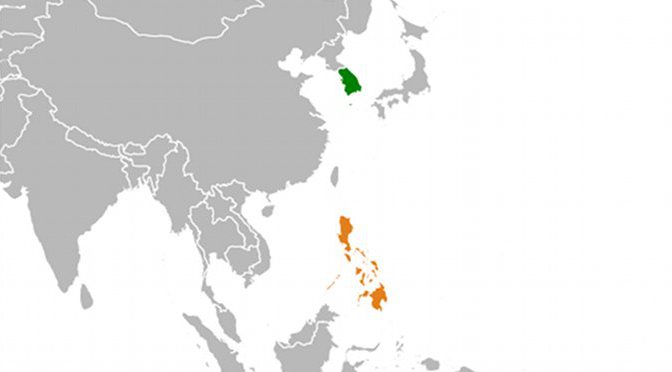
In response to the unmet demand for labor in small and medium enterprises (SMEs) in the country, South Korea allowed the entry of foreign labor migrants from countries such as the Philippines in 1993. In Southeast Asia, the Philippines has the second largest number of migrants in South Korea next to Vietnam. As of 2012, there were 68,911 Filipinos working in both unskilled and skilled fields under the Employment Permit System (EPS).
Before the establishment of the EPS, the South Korean government enforced the Industrial Trainee System in 1993, which enabled foreign migrants to work as trainees from six months to three years in select industries critical to South Korea’s economic development. In this scheme, the Korean Federation of Small Business (KFSB), and later on the Korea International Training Cooperation Corps (KITCO), in partnership with foreign recruitment agencies, managed the employment of workers. Exorbitant fees required by these entities, in addition to other problems like runaway trainees seeking new employers and abuses from the workplace, led to its discontinuation.
The EPS was established in 2004 to address these labor concerns. It differs from the previous system in that it utilizes a government-to-government approach to lessen illegal recruitment and to protect migrant workers against discrimination based on race, ethnic origin, religion, sex, and social status.
The EPS is also a significant legislation governing foreign labor migrants in South Korea, given that labor migration from the Philippines to South Korea is expected to increase. It is important to consider that South Korea establishes measures such as the EPS to protect its locals from the influx of foreign labor/workers. In particular, the EPS reflects the opinion of some that the nation’s prolonged reliance on relatively cheap foreign labor has adverse effects on the employment opportunities available to locals.